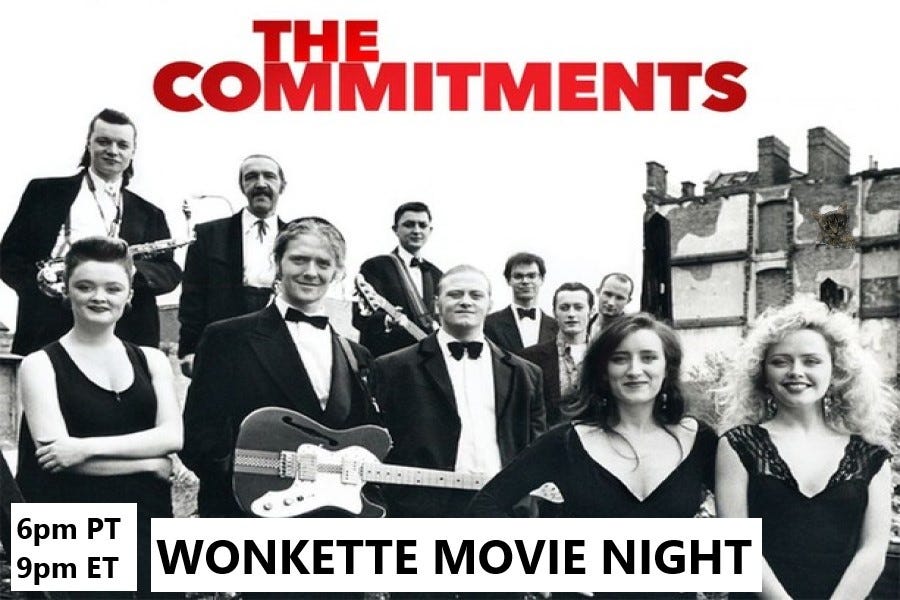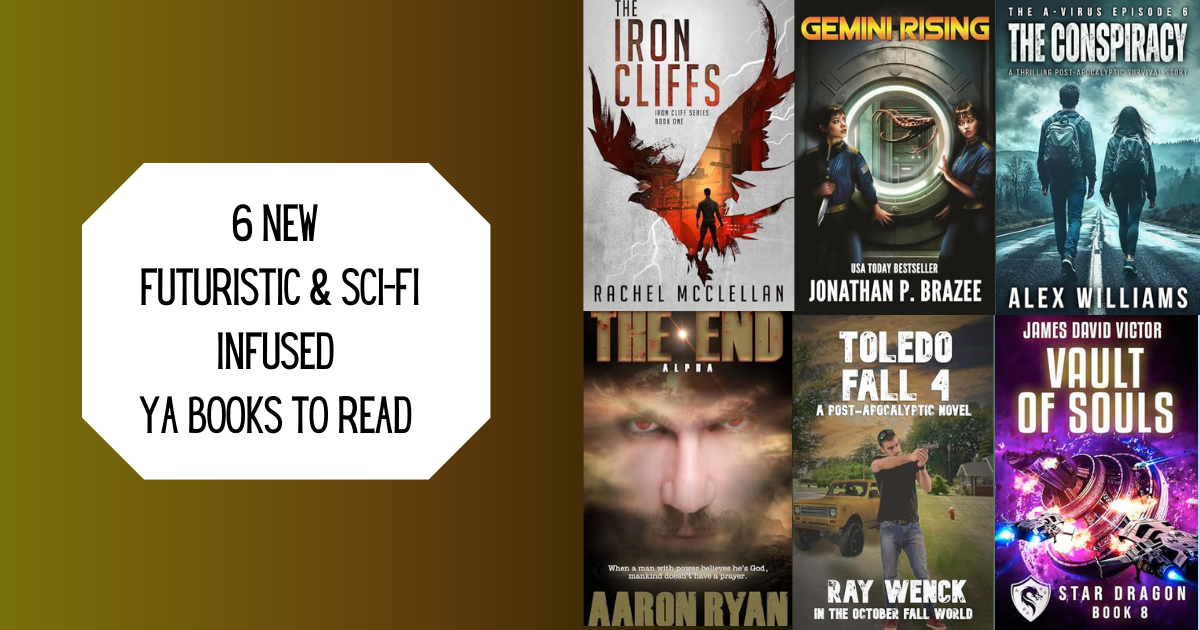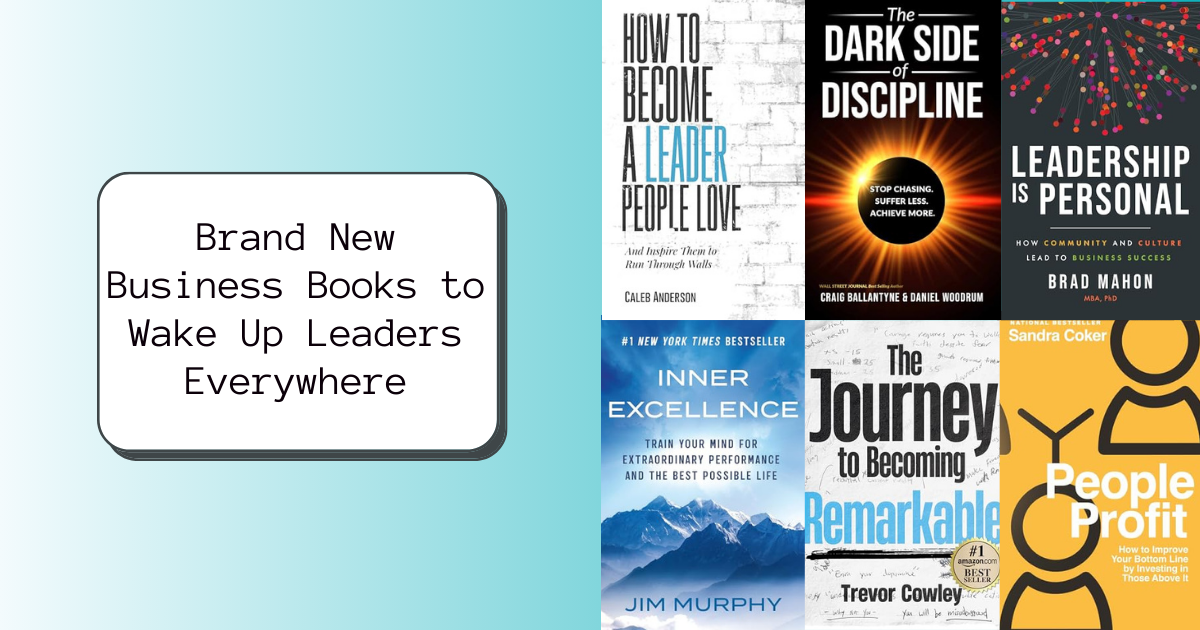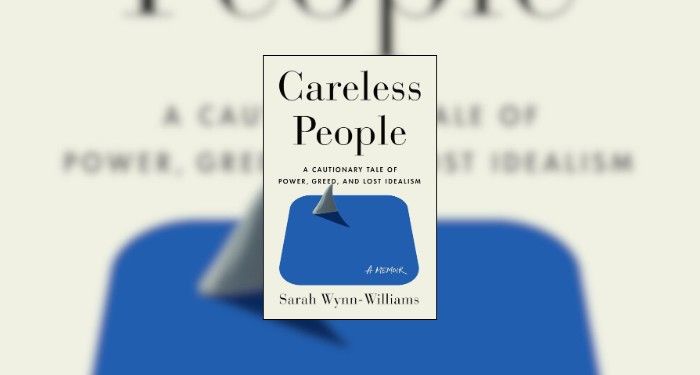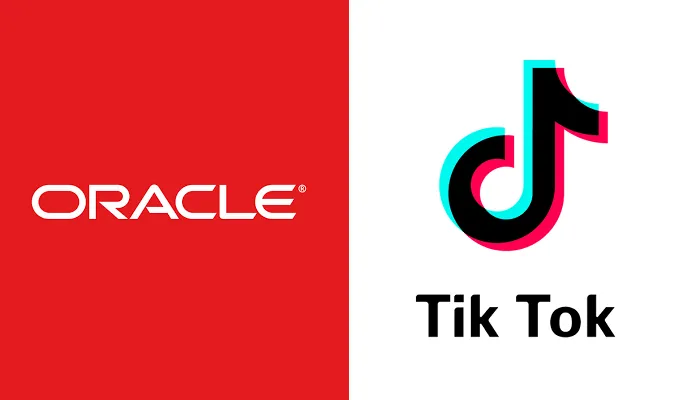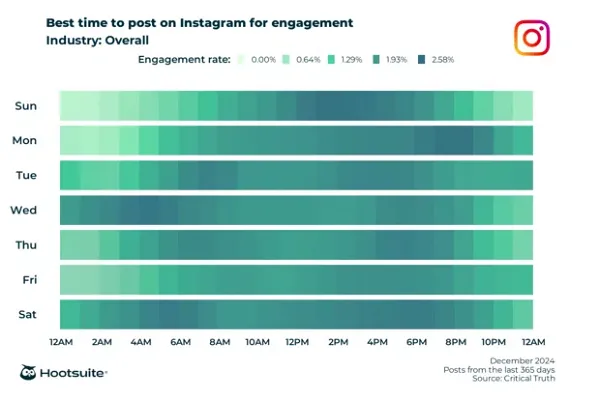“The greatest danger for most of us is not that our aim is too high, and we miss it, but that it is too low and we reach it.” —Michelangelo
Success at last! You identified a threat or opportunity, led your dream team to confirm your insights and intuitions about the future, brought in a critical team of focused experts to shape the dream into a viable project, and then pitched it until approved by your board and financial backers. That was no mean feat, as you well know. So now what? Is your labor of love over? Should you take a long vacation and bask in the warmth of success?
Not so fast. In my experience, strategic success is less about satisfying a list of tasks, and more about leading through a continuum. Once success is achieved, in life and in business, it cannot be left on its own to bloom. Instead, it must be nurtured and cared for, and CEOs are responsible for doing just that.
Taking your eye off the ball once you’ve gained approval to execute a new strategy or strategic initiative often makes process sense to CEOs. They hand off the initiative to the people in their organizations tasked with implementing the approved initiative, then they sit back and wait for periodic updates while they pivot their attention to another project. I’m here to tell you based on painful firsthand experience doing so is a sure way to derail the critical project you worked so hard to create. As the CEO it was your guidance, maybe even your innovative insight, that started the ball rolling. It’s exciting on the front end of a critical initiative—all hopes, dreams, and passion. However, once you have the green light, your job as CEO is only just beginning.
I suggest it is prudent and appropriate for CEOs to stay intimately engaged, after the sale of the concept is closed with all stakeholders and investors. Here are four ways business leaders can achieve and sustain success:
1. Document your strategic processes. It’s tedious but worth the effort to document the way you lead a successful strategic initiative. Preferably during the project, or when the project is finally implemented. In my experience, successful visionary projects challenge the status quo in more ways than one. The design/development team creates new processes, new procedures, new software, clever workarounds, new allies, and new ways of seeing a problem through to a successful conclusion. Once they disperse the next strategic team must begin cold. A well-documented gameplan for strategic project development and implementation will shorten the learning curve for others and institutionalize your organization’s creative and innovative methods.
2. Perform a self-assessment. It is human nature to gloat a little, to bask in the limelight after a convincing and long-fought win. Put a few of those wins together, and I assure you it can go to your head, distort your situational awareness, and blunt your sharpest instrument—your brain. If you take time to honestly grade yourself as a CEO in every category of industry related knowledge and performance, it is hard to be full of yourself. This self-assessment exercise will ground you as a leader and help you to reset your intellectual humility in preparation for the next big thing.
3. Keep learning. Learning should be a lifelong discipline for anyone who desires to be successful. Learning makes it hard to become complacent. The more I see, read, and hear, the less I realize I know about the world. You can’t help but be humbled if you seek out new knowledge as a regular habit. Hubris born of visionary success tends to numb us to our faults and reduces the impulse to learn from others. It convinces us, like a top politician is convinced by his handlers, that we are the smartest, the brightest, the best; when in truth we are not.
4. Stay humble. Humility isn’t lack of confidence, but confidence isn’t arrogance either. To be humble is to be open and aware of your surroundings, to be alert to new ideas and new sources of information. In this mindset, you are a warrior training for the next fight, with no illusions regarding your invincibility. Therefore, it’s healthy to evaluate your capabilities and then hone them, improve them, as an ongoing discipline. Be ready by clearing your mind and soaking up fresh insights. It’s rarely the threat you see that gets you; instead, it’s the threat you don’t see, blinded by your biases and hubris, that takes you down.
Many businesses experience a lack of strategic thinking. They may focus on short term optimization and measurement more often than on strategy. Measure, count, assess, set new incremental objectives, and repeat. Steady as she goes—that’s fine until it’s not. Unfortunately, companies that move through time and space in this manner will never see the future coming until it runs them over. CEOs have a mandate to be visionary and strategic, even when everybody else is demanding the last updated KPI numbers.








